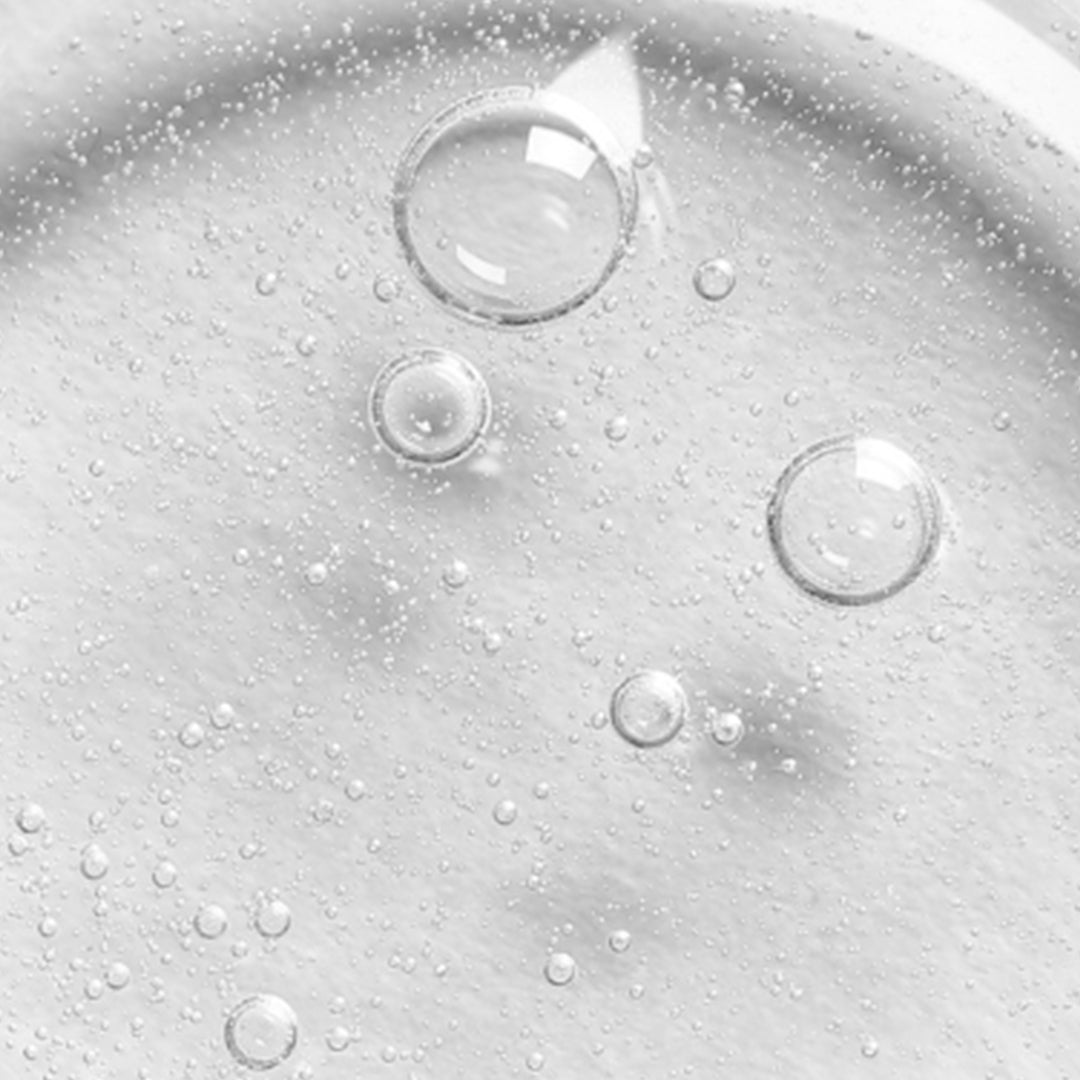历史
透明质酸,由卡尔·迈耶和约翰·帕尔默于1934年从牛眼玻璃体中发现,其名称源自希腊词“hyalos”,意为玻璃,因其透明外观而得名。最初因其润滑和保湿特性在眼科手术等医疗应用中使用,透明质酸在整个20世纪获得医学上的突出地位,特别是在1970年代作为关节注射的骨关节炎治疗方法。
科学
透明质酸(HA)存在多种分子量,显著影响其功能和益处。高分子量透明质酸(HMW-HA),范围从500k到4M道尔顿,主要存在于我们的皮肤中,作为一种强效保湿剂,能够结合其重量1000倍的水分。这使其成为表面保湿和形成保护屏障的优秀成分,尽管它可能不会深入渗透到皮肤中。HMW-HA还增强皮肤弹性,减少炎症,并有助于修复皮肤屏障。
相反,低分子量透明质酸(LMW-HA),即500k道尔顿及以下,扮演着不同的角色。它通常在受伤部位形成,作为启动修复过程的促炎信号。局部应用时,其渗透性有限,主要影响上层皮肤层。尽管对其潜在促炎作用有担忧,但研究表明,特别是在50kDa及以上范围的LMW-HA可以帮助皮肤修复并改善酒糟鼻和脂溢性皮炎等状况。
Evonik的一项研究表明,虽然超低分子量透明质酸(低于50kDa)可能引发炎症信号,但50kDa范围内的LMW-HA能有效填充皱纹而不引起炎症。有趣的是,另一项研究表明,10kDa的透明质酸版本比高分子量版本提供更好的抗氧化活性和防晒保护。
总之,尽管超低分子量透明质酸可能引发担忧,但正常的LMW-HA对大多数护肤应用来说是安全且有益的。透明质酸的多样性,其不同的分子量,突显了其在护肤中的重要性,提供保湿、保护和修复。
参考文献
- Taieb, M., Gay, C., Sebban, S., & Secnazi, P. (2011). 透明质酸加甘露醇治疗以改善皮肤水分和弹性。《美容皮肤病学杂志》,11, 87–92。
- Mejkalova, D., Huerta-Angeles, G., & Ehlova, T. (2015). 透明质酸:一种天然的皮肤护理保湿剂。Harry's, 2(Part 4.1.3), 第9版。Contipro Pharma。
- Corrêa, M.E.A.B., dos Santos Haupenthal, D.P., Mendes, C., 等. (2020). 经皮胶原诱导疗法联合透明质酸对炎症反应、氧化应激和胶原蛋白生成的影响. 《炎症》, 43, 2232–2244.

